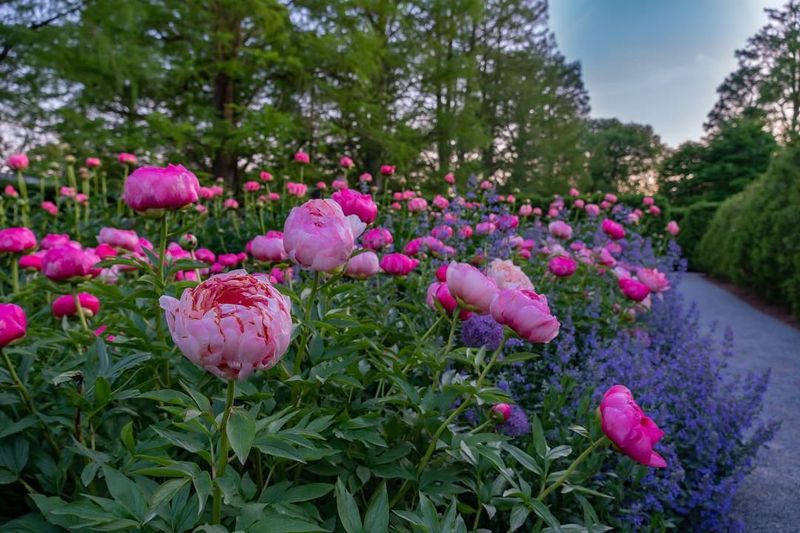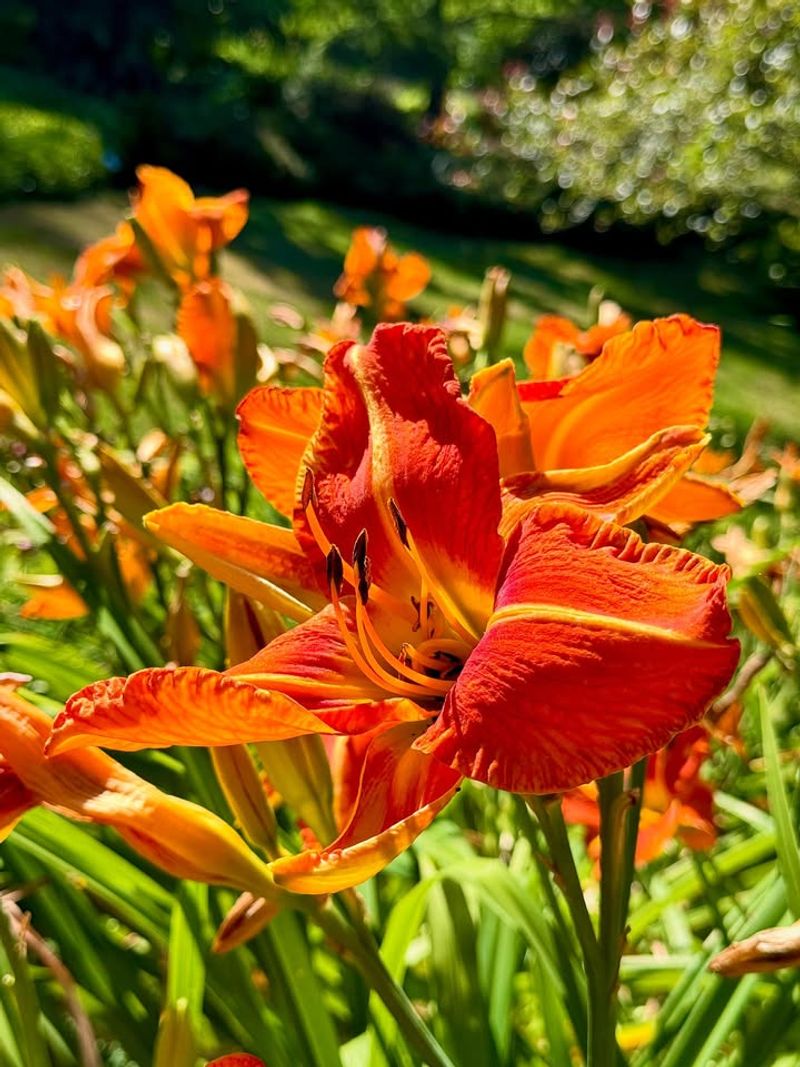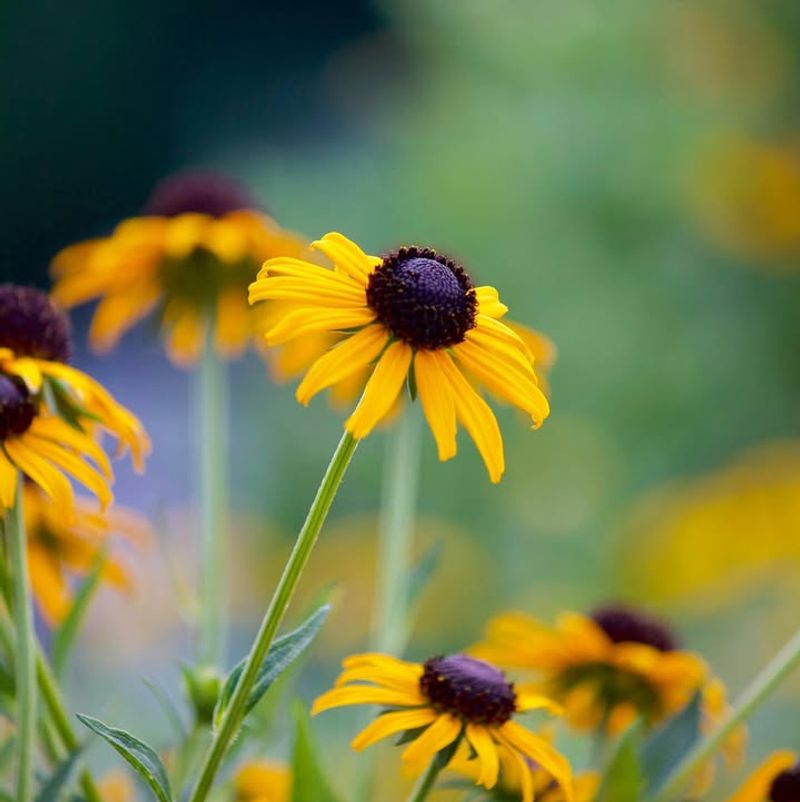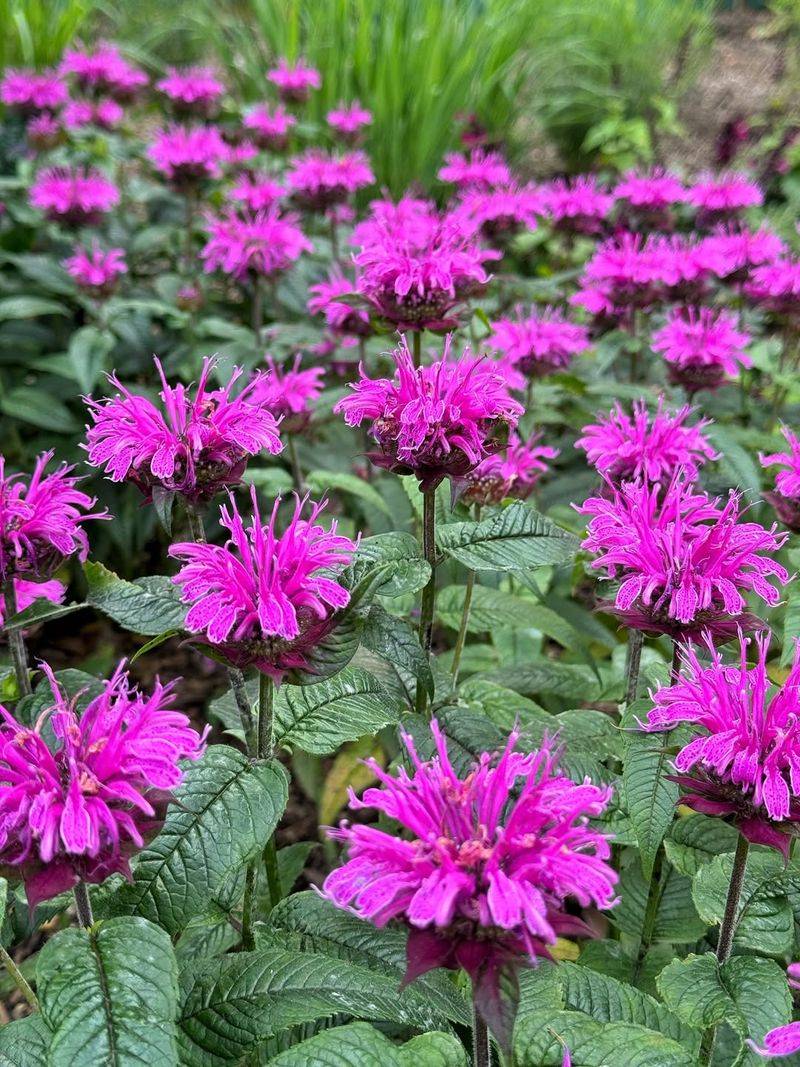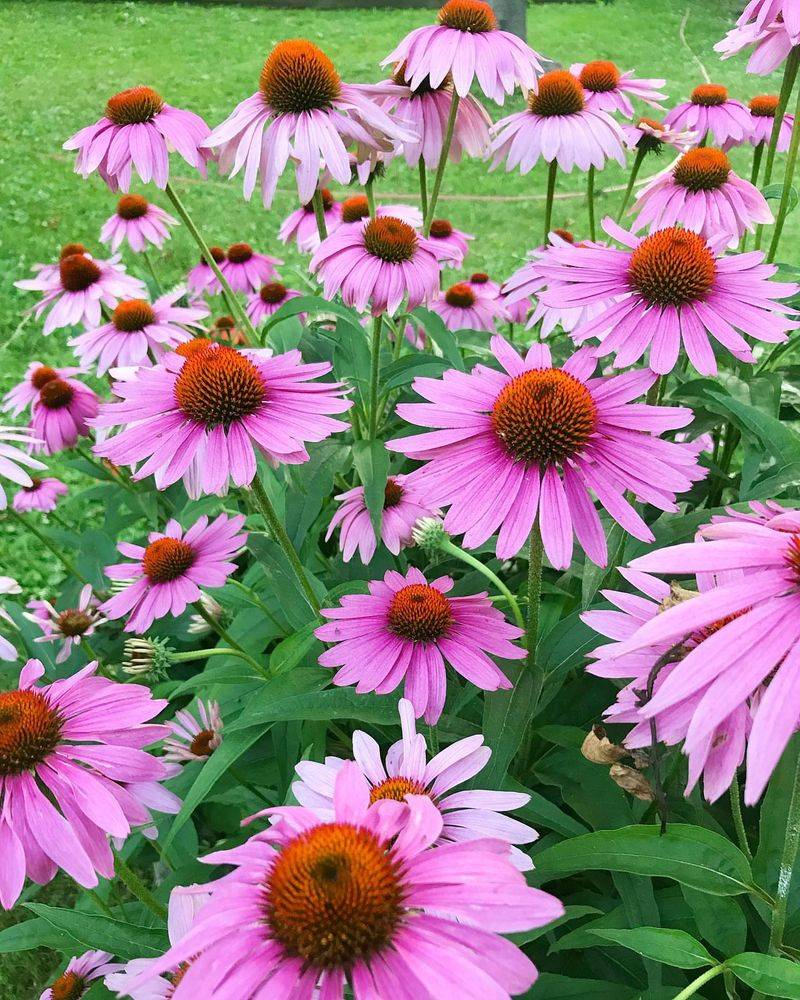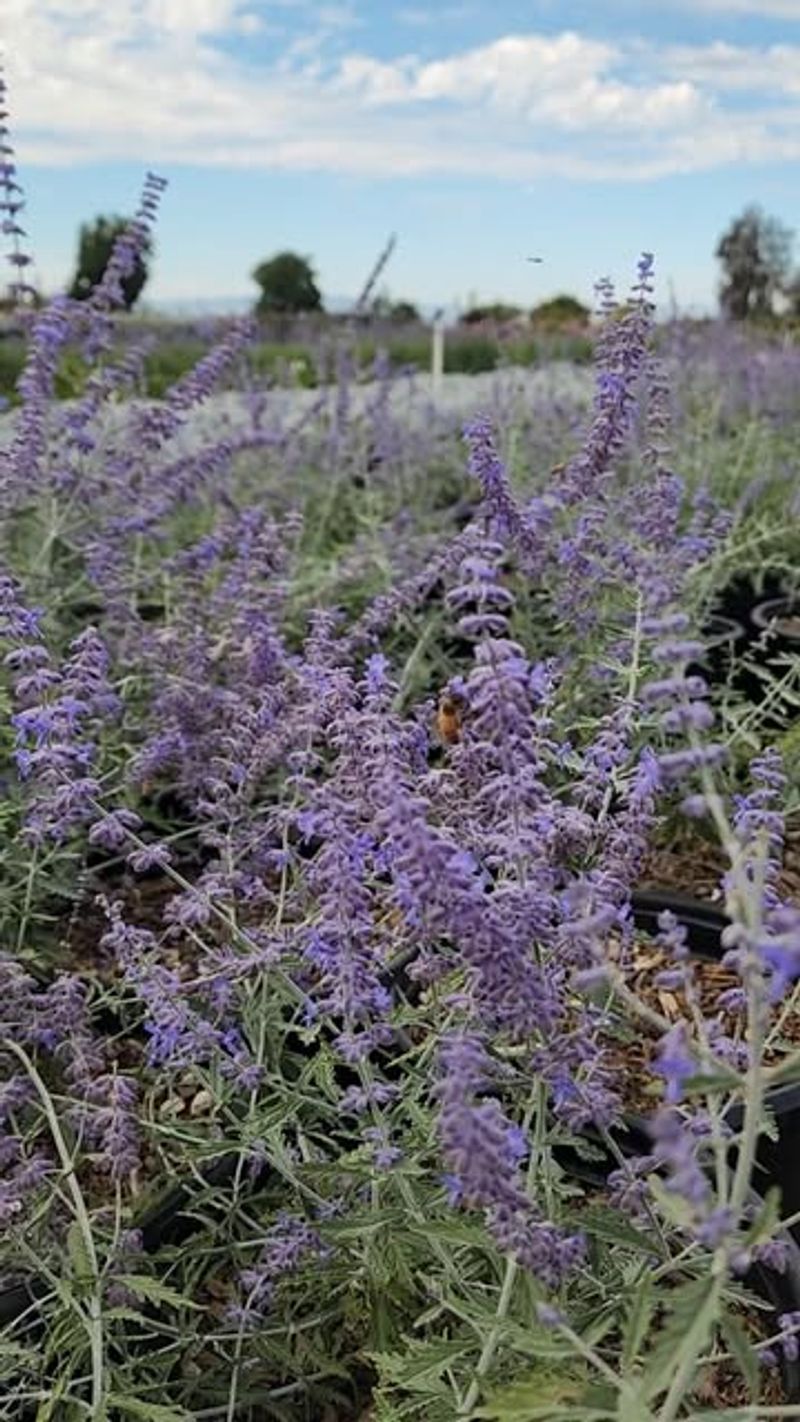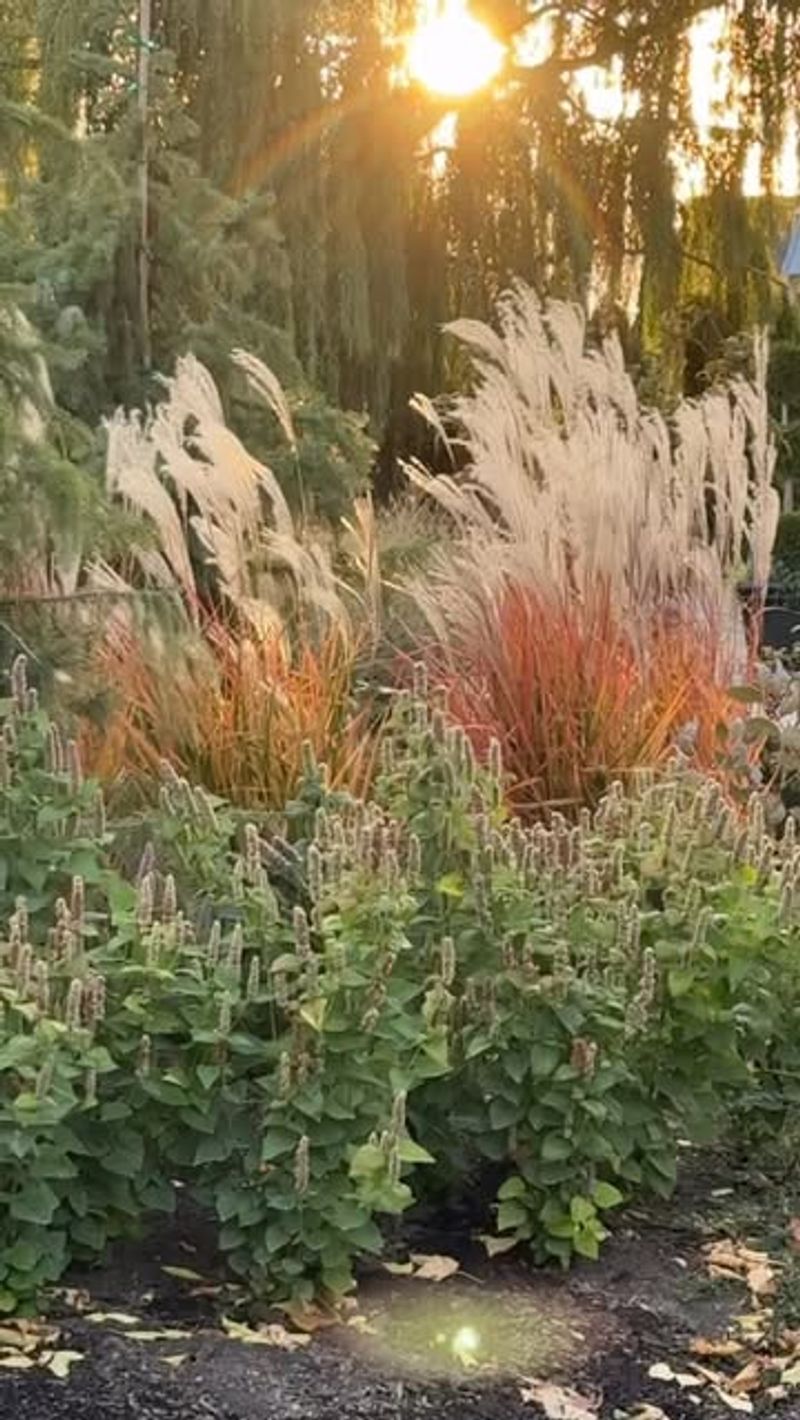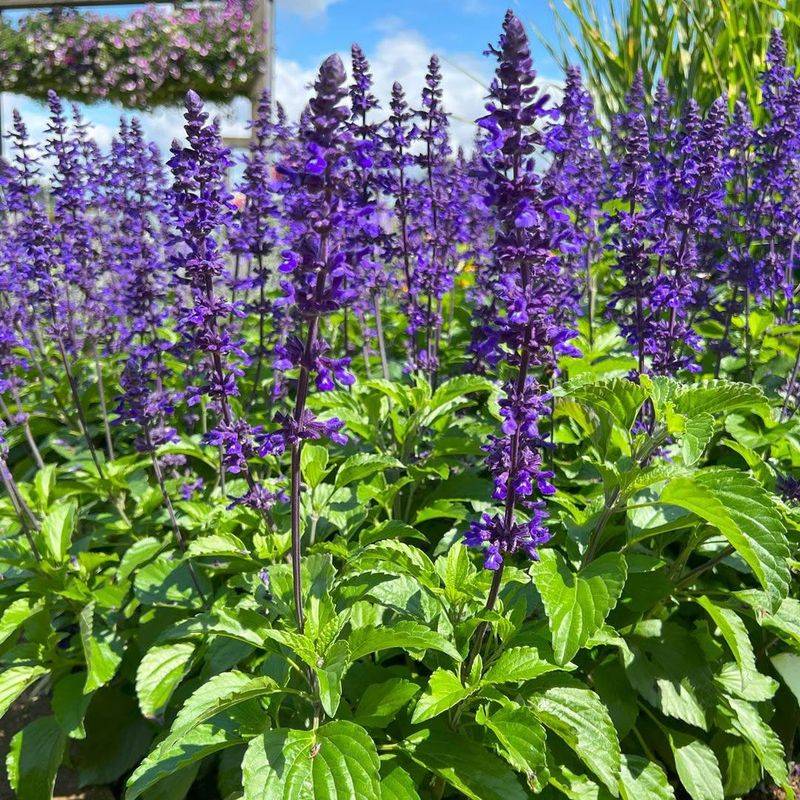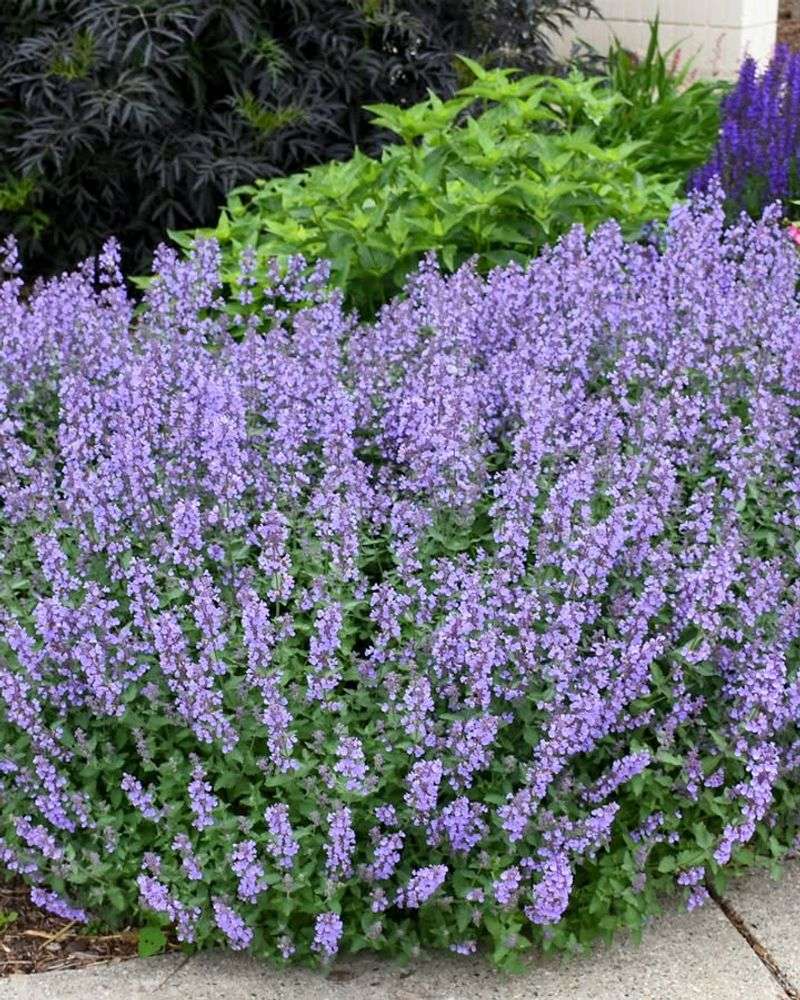Michigan gardens always hit that point in November where a few plants start looking a bit worn from the cold. I’ve noticed some of mine perk up the following season when they get a quick trim right now.
A little cutting back keeps things tidy and helps the garden handle winter more smoothly. Certain plants truly respond well to this timing, and that small effort pays off once spring returns.
1. Hostas
Once the first frost hits Michigan, hosta leaves turn mushy and brown, making them perfect candidates for trimming. Cut the foliage down to about two inches above the ground using clean garden shears.
Removing old leaves prevents slugs and pests from hiding in the decaying material over winter. Your hostas will thank you next spring by producing fresh, vibrant leaves without any disease carryover from the previous season.
2. Peonies
Peonies develop gorgeous blooms in spring, but their foliage needs attention before Michigan’s winter sets in. After the leaves turn brown and crispy, cut them down to ground level.
This prevents fungal diseases from overwintering on dead plant material. Bag up the trimmings and dispose of them rather than composting, since peony diseases can survive in compost piles and spread to healthy plants later on.
3. Daylilies
Your daylilies might look tired and ragged after months of blooming through Michigan’s summer heat. Trim back the foliage to about three inches above the soil line once it turns yellow or brown.
Cutting back daylilies tidies up your garden and removes hiding spots for insects. The plants enter dormancy naturally, and pruning helps them conserve energy for producing beautiful flowers when warm weather returns to Michigan gardens.
4. Black-Eyed Susans
These cheerful yellow flowers fade as Michigan temperatures drop, leaving behind dried seed heads and brittle stems. Cut them back to about four inches from the ground after they’ve finished blooming completely.
Some gardeners leave seed heads for birds during early winter, which is fine until mid-November. After that, trimming prevents the plants from self-seeding everywhere and keeps your Michigan flower beds looking neat throughout the cold season ahead.
5. Bee Balm
Bee balm spreads quickly and can develop powdery mildew on its leaves during Michigan’s humid summers. Cutting back the stems to ground level in November removes diseased foliage and prevents problems next year.
Rake away all the clippings from around the plant base. Good air circulation helps bee balm stay healthy, so removing old growth now gives your plants a better chance of thriving without mildew issues when spring arrives.
6. Sedum
Tall sedums like Autumn Joy develop beautiful rust-colored flower heads that many Michigan gardeners leave standing through early winter for visual interest. By late November, though, the stems get floppy and messy-looking.
Trim them down to about two inches above the soil. The thick stems break down slowly, so removing them now prevents a soggy mess come spring. Your sedums will send up fresh growth easily once Michigan thaws out.
7. Coneflowers
Coneflowers stand tall through Michigan’s fall, offering seeds for hungry goldfinches and other birds. Once you’ve enjoyed watching wildlife feast on them through November, it’s time to cut the stems back to ground level.
Leaving dried stems too long invites pests to overwinter in the hollow stalks. Fresh growth emerges vigorously in spring when old material is cleared away, giving you healthier plants and more blooms throughout summer.
8. Russian Sage
Russian sage’s silvery stems and fragrant foliage add beauty to Michigan landscapes all summer long. When November arrives, the woody stems become brittle and the flowers fade completely.
Cut back the plant to about six inches above ground level. Don’t trim too close, as the woody base needs some protection during harsh Michigan winters. This pruning encourages bushier growth next season and prevents the plant from becoming too leggy or sprawling.
9. Astilbe
Astilbe’s feathery plumes turn brown and crispy after Michigan’s first hard freeze, signaling it’s time for trimming. Cut the foliage and flower stalks down to about three inches above the crown.
These shade-loving plants appreciate a layer of mulch after cutting back, which protects their shallow roots during freezing temperatures. Removing dead foliage also prevents fungal issues that thrive in damp, decaying plant matter throughout Michigan’s wet spring season.
10. Ornamental Grasses
Many Michigan gardeners leave ornamental grasses standing through winter for their architectural beauty and movement in the wind. However, some varieties become messy or flatten under heavy snow.
If you prefer a tidier look, cut grasses back to about four inches above ground in late November. Use sharp pruning shears or hedge trimmers, and bundle the clippings for easy cleanup. Fresh green blades will emerge beautifully next spring.
11. Salvia
Perennial salvias bloom prolifically through Michigan summers but look ragged by November. Once the foliage turns brown and the flower spikes dry out completely, trim plants back to about four inches from the ground.
Cutting back salvia prevents woody growth and encourages fuller, bushier plants next season. Remove all debris from around the base to discourage pests and diseases from settling in over winter, ensuring healthy regrowth when Michigan warms up again.
12. Catmint
Catmint blooms repeatedly throughout Michigan’s growing season but eventually becomes leggy and tired-looking as winter approaches. Trim the entire plant back to about three inches above the soil line in November.
This aggressive pruning rejuvenates catmint and promotes dense, compact growth next spring. The plant’s aromatic foliage deters many pests naturally, but removing old growth still helps prevent any overwintering insects from making your Michigan garden their home during the cold months ahead.



